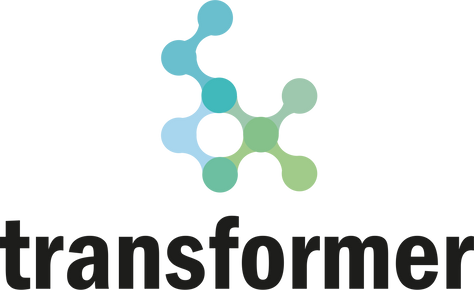Discover the Transition
Super-Lab approach
What is meant by Transition?
Transition to climate neutrality refers to the procedure of achieving net-zero greenhouse gas emissions to mitigate climate change. The goal is to reduce and ultimately eliminate the emissions of carbon dioxide (CO2) and other greenhouse gases from various sources such as energy production, transportation, industry, agriculture, and land use changes into the atmosphere reaching a point where the amount of emissions released is balanced by the amount removed from the atmosphere through a variety of methods, such as reforestation or carbon capture technologies. This entails implementing cleaner and more sustainable technologies and practices, increasing energy efficiency, and shifting away from fossil fuels and toward renewable energy sources.
Key aspects of a transition to climate neutrality include:
- Carbon Offsetting by investing in initiatives that remove or reduce an equivalent amount of greenhouse gases from the atmosphere. This can involve reforestation, afforestation, carbon capture and storage (CCS), and energy efficiency programs.
- Replacement of fossil fuel-based energy by renewable energy from sources like wind and solar power can significantly contribute to the reduction of emissions from fossil fuel-based energy generation.
- Improving Energy Efficiency in buildings, transportation, and industries is critical for reducing the overall energy demand and, consequently emissions.
- Regulatory and Policy Measures set by governments, organizations, and international agreements play a crucial role in achieving climate neutrality as they may include emissions reduction targets, carbon pricing mechanisms, and incentives for sustainable practices. Alignment of the policies on different levels of government is also important for achieving sustainability.
- Technological Innovation such as carbon capture and storage, electric vehicles, and sustainable agricultural practices, can accelerate the transition to climate neutrality.
- Behavioral Changes related to the adoption of a more sustainable lifestyle such as consumption reduction, recycling, and public transportation use contribute to emission reductions.
To tackle climate change, the Paris Agreement and the European Green Deal set out very ambitious goals that require an urgent and radical transformation of the EU economy. Reaching the goal of net-zero emissions by 2050 needs immediate action going beyond the level of fostering innovation and digitalisation in societal niches. It calls for an innovation path which sets out to design carbon neutral societal systems and focus investments in zero-carbon solutions.
Transition Super-Lab
What is a Transition Super-Lab and what does it aim to achieve?
A Transition Super Lab is an ecosystem of actors organized to accelerate the transformation towards climate neutrality through innovation, and cross-sectoral synergies on a regional scale. It benefits from a collaborative governance, operates in accordance to systemic transformation principles and utilizes transition enabling methods and tools in order to create added value to cross-sectorial initiatives for economic transformation and to provide feasible solutions to complex regional transformation challenges.
TSL approach adapts and applies enriched Living Lab methodologies in order to develop (co-create) together with all transition relevant stakeholders from the quadruple helix and society a vision for regional transformation and a portfolio of large-scale systemic solutions for climate neutrality, net-zero emissions and resilient future. The systemic transformation within TSLs leverages large and diverse communities to innovate for systemic changes that accelerate transition at scale.
Elements of a Transition Super-Lab
The systemic transformation will be achieved by developing and implementing a portfolio of connected solutions (“e.g., pilot use cases”) which engage multiple leverage points at the intersection of socio-technical regimes simultaneously in order to achieve a rapid and more efficient transformation. Therefore, the adaptation of Living Labmethodologies to a large scale and with a focus on systemic transformation can be regarded as the core characteristics of a TSL process:
- Adaptation and application of enriched Living Lab methodologies (co-creation, experimentation and evaluation)
- Aiming at large-scale systemic solutions for a rapid sustainable transformation
- Applying a portfolio approach of measures (experiments) and using multiple leverage points for systemic change simultaneously

